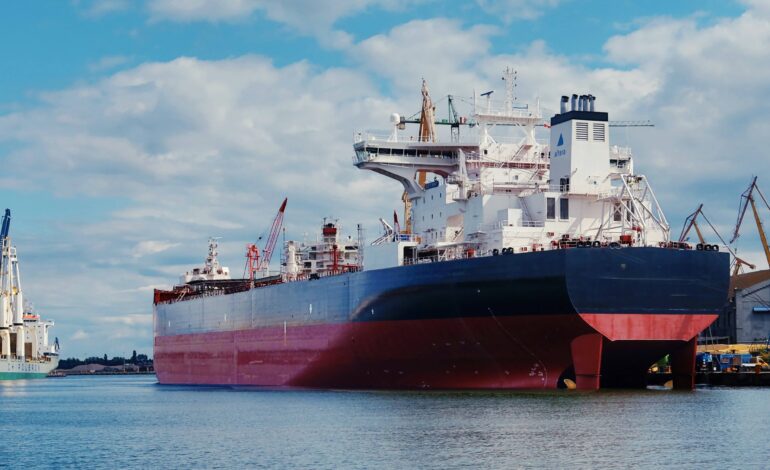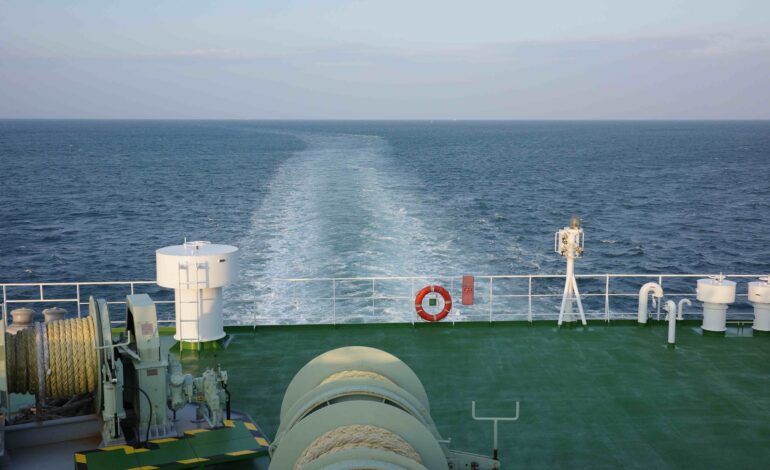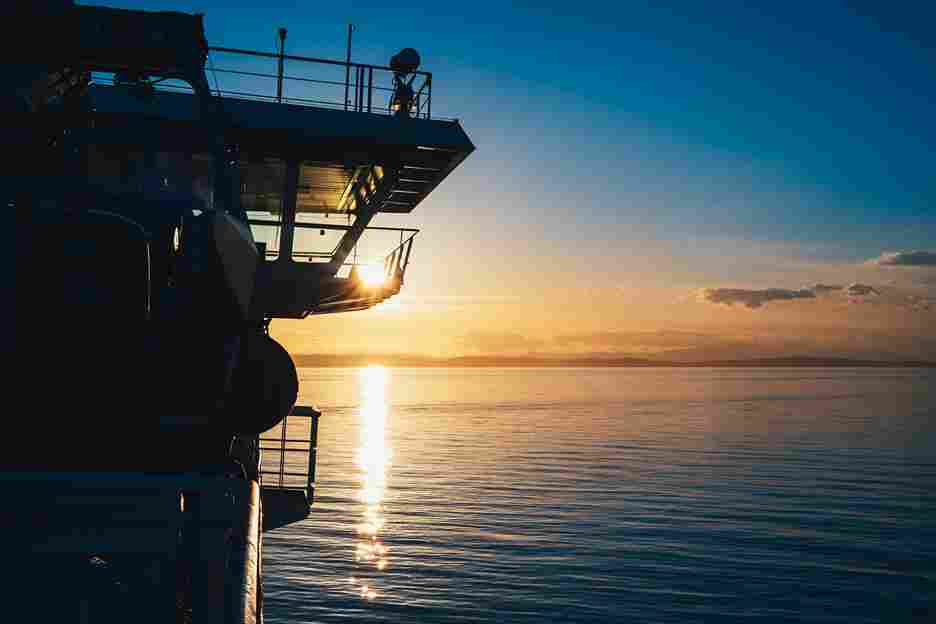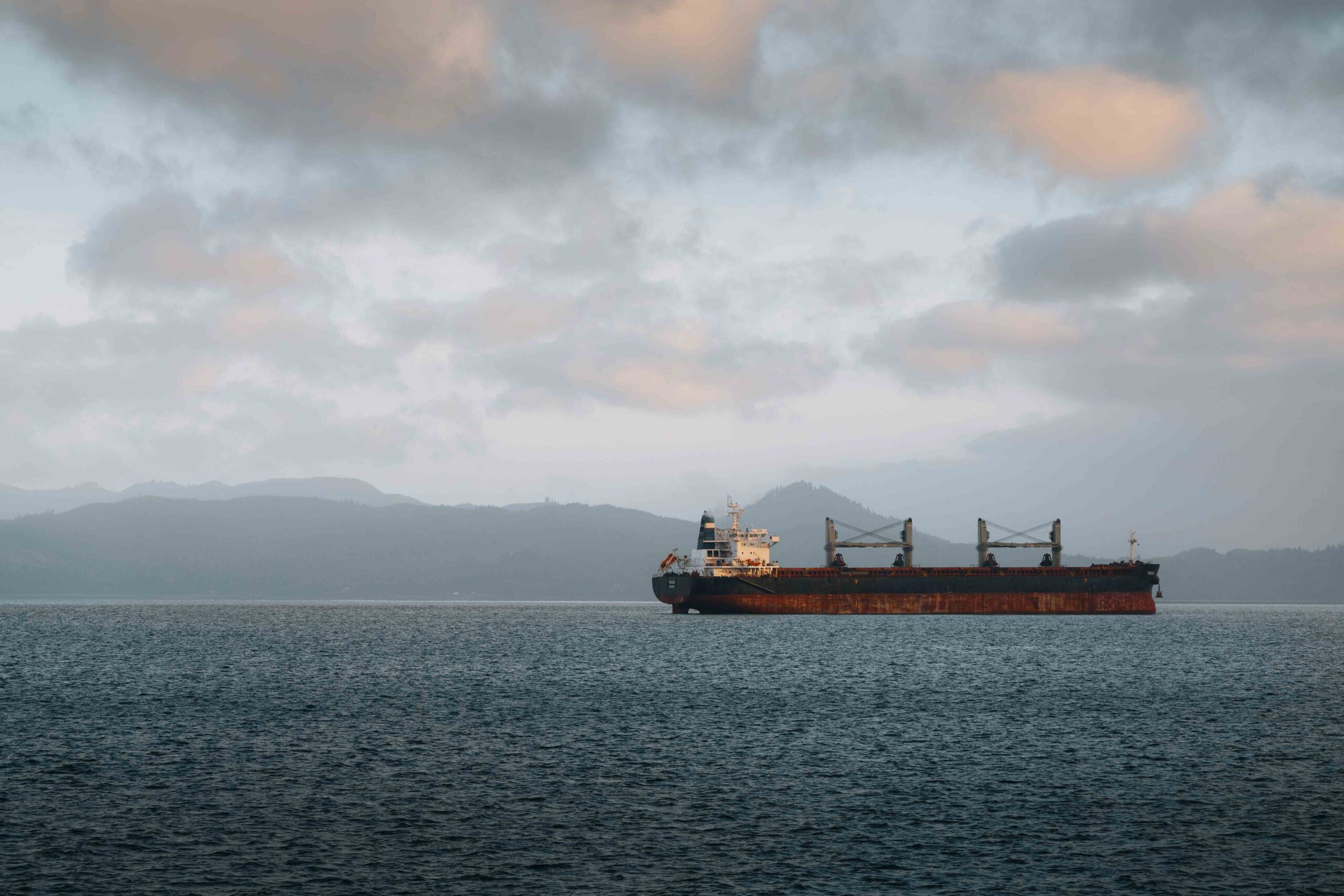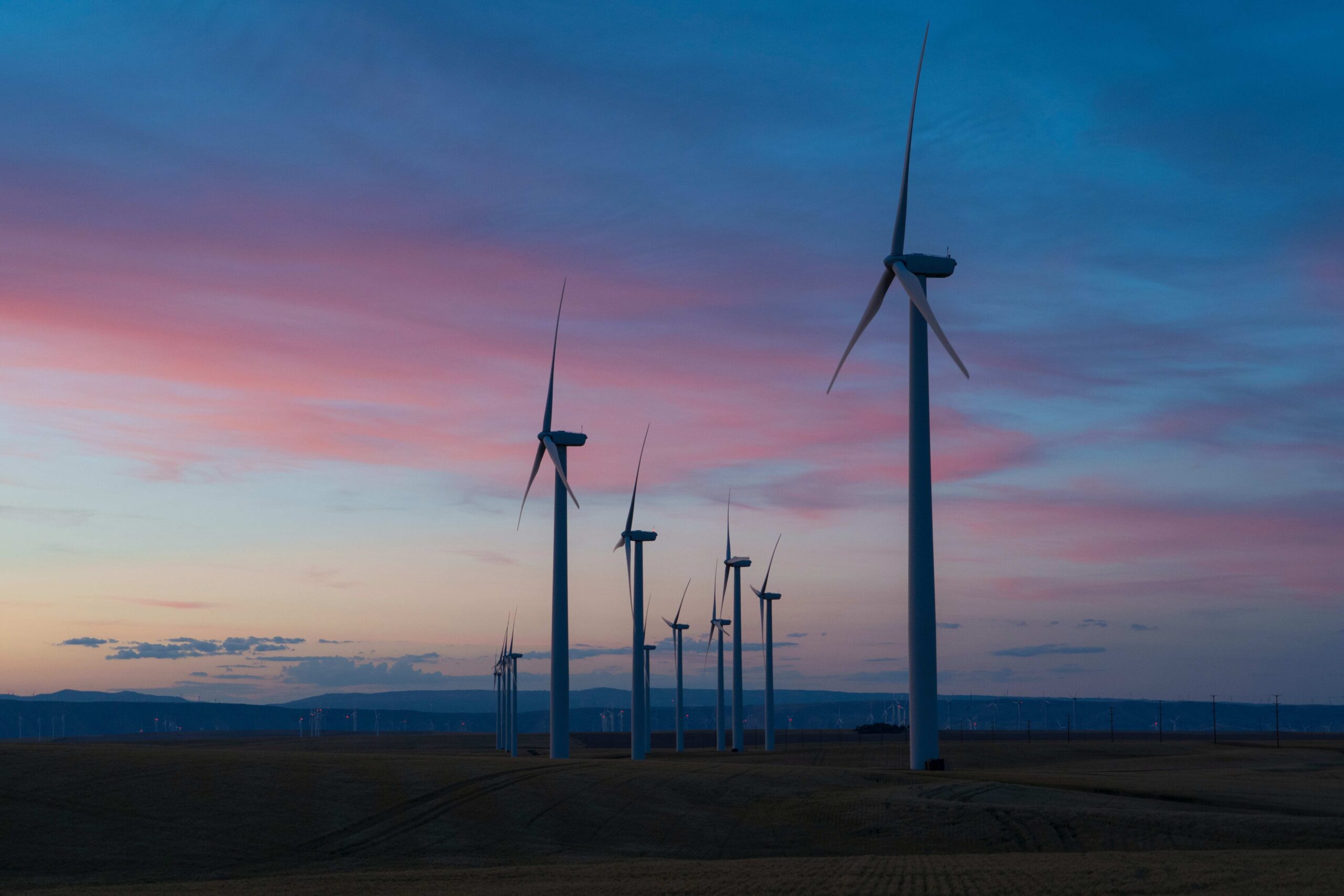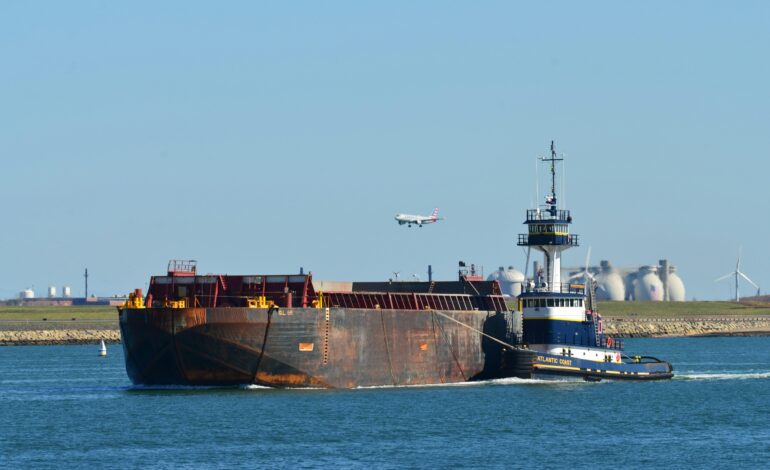
Beyond LNG: Comparative Lifecycle Emissions of Biofuels, Ammonia, and Methanol in Marine Applications
Introduction
The shipping industry stands at a critical juncture in the global transition toward cleaner energy. As a sector responsible for roughly 3% of global greenhouse gas (GHG) emissions, the pressure to decarbonize is mounting, particularly in the wake of the International Maritime Organization’s (IMO) 2050 targets. While liquefied natural gas (LNG) has served as a bridge fuel for years—offering a cleaner combustion profile compared to heavy fuel oil (HFO)—it is no longer considered sufficient for meeting long-term climate goals. The focus is shifting toward next-generation marine fuels, notably biofuels, ammonia, and methanol.
This article provides a detailed comparison of the lifecycle emissions associated with these three fuels, analyzing their environmental performance, production footprints, and practical challenges in maritime contexts.
1. Understanding Lifecycle Emissions
Lifecycle emissions, also known as well-to-wake (WTW) emissions, account for all greenhouse gases emitted during the production, distribution, and combustion of a fuel. Unlike tank-to-wake measurements, which focus only on emissions from fuel use aboard a vessel, WTW gives a more comprehensive view of climate impact.
2. Liquefied Natural Gas (LNG): The Transitional Benchmark
LNG has been widely adopted over the last decade as a cleaner alternative to conventional marine fuels. It produces lower levels of sulfur oxides (SOₓ), nitrogen oxides (NOₓ), and particulate matter. On a combustion basis, LNG offers a 20–25% reduction in CO₂ emissions compared to HFO.
However, the benefit is compromised by methane slip—unburned methane released during engine operation or along the supply chain. Methane is a potent greenhouse gas, with a global warming potential over 25 times that of CO₂ over a 100-year period. When accounting for methane slip and upstream emissions, the total lifecycle emissions of LNG can sometimes rival or even exceed those of HFO.
Typical WTW GHG Emissions: 74–101 g CO₂e/MJ
3. Biofuels: Renewable, Scalable, and Variable
Biofuels present a highly flexible and renewable option for marine applications. Derived from organic waste, agricultural residues, or energy crops, they are often seen as a near-term solution due to their compatibility with existing engines and infrastructure.
The climate benefit of biofuels largely depends on feedstock type and production processes. Waste-based biofuels, such as those made from used cooking oil or animal fats, typically offer the lowest lifecycle emissions. Some pathways can even achieve carbon-negative results when they sequester more carbon than they emit—especially when paired with biochar or carbon capture.
However, biofuels are not without challenges. Land use change, water consumption, and feedstock competition with food systems remain areas of concern.
Typical WTW GHG Emissions: 0 to 40 g CO₂e/MJ
Best Case (e.g., sewage/manure-based fuels): Negative emissions
4. Ammonia: A Zero-Carbon Contender with Trade-offs
Ammonia (NH₃) has rapidly emerged as a promising zero-carbon marine fuel. Unlike carbon-based fuels, ammonia combustion emits no CO₂. When synthesized using renewable electricity (via green hydrogen and nitrogen from air), ammonia’s lifecycle emissions can be close to zero.
Despite its environmental promise, ammonia faces notable hurdles. It has low volumetric energy density, making storage a logistical challenge. Moreover, combustion can produce high levels of NOₓ unless abated with selective catalytic reduction (SCR). Additionally, ammonia is highly toxic and corrosive, raising significant safety and handling concerns.
Typical WTW GHG Emissions:
- Grey Ammonia (from natural gas): 80–120 g CO₂e/MJ
- Blue Ammonia (with carbon capture): 30–60 g CO₂e/MJ
- Green Ammonia (electrolysis-based): ~5–30 g CO₂e/MJ
5. Methanol: The Flexible, Low-Emission Option
Methanol offers another viable route for reducing maritime emissions. It can be produced from fossil fuels (grey methanol), biomass (bio-methanol), or captured CO₂ and green hydrogen (e-methanol). Similar to biofuels, the environmental benefit of methanol depends on its source.
Methanol boasts higher energy density than ammonia and can be handled using existing liquid fuel infrastructure with minimal retrofits. It burns cleanly with low NOₓ and particulate emissions, although its combustion still emits CO₂ unless it is produced from renewable sources.
Typical WTW GHG Emissions:
- Grey Methanol (from natural gas): 90–110 g CO₂e/MJ
- Bio-methanol: 20–50 g CO₂e/MJ
- E-methanol: 5–30 g CO₂e/MJ
6. Infrastructure and Engine Compatibility
Biofuels
- Compatibility: Most biofuels can be used as drop-in fuels with minor or no engine modifications.
- Infrastructure: Minimal changes needed at ports; easily blended with marine diesel.
Ammonia
- Compatibility: Requires dedicated or heavily modified engines (dual-fuel or ammonia-specific combustion).
- Infrastructure: Needs entirely new storage, bunkering systems, and safety protocols due to toxicity.
Methanol
- Compatibility: Can be used in converted diesel engines or with methanol-specific designs.
- Infrastructure: Existing port fuel systems can be adapted; less demanding than ammonia.
7. Safety and Operational Risks
| Fuel | Safety Risks | Operational Issues |
|---|---|---|
| LNG | Flammable, methane slip | Cryogenic handling required |
| Biofuels | Generally safe; depends on blend type | Stability over time, cold flow properties |
| Ammonia | Highly toxic, corrosive | High NOₓ emissions, new handling protocols |
| Methanol | Flammable, toxic in large quantities | Lower energy content than diesel |
8. Regulatory and Market Trends
IMO’s decarbonization strategy is encouraging investment in alternative fuels. Regional initiatives like the EU Emissions Trading System (EU ETS) and FuelEU Maritime further incentivize the use of low-emission fuels by imposing penalties on carbon-intensive ones.
Financial instruments such as carbon taxes, subsidies for green fuels, and investment in bunkering infrastructure are shaping the economic feasibility of these fuels. The “green corridors” initiative—establishing zero-emission maritime routes—is also pushing ports to prepare for ammonia and methanol adoption.
9. Comparative Summary Table
| Fuel Type | Lifecycle GHG Emissions (g CO₂e/MJ) | Engine Compatibility | Infrastructure Needs | Key Challenges |
|---|---|---|---|---|
| LNG | 74–101 | Dual-fuel engines | Cryogenic storage | Methane slip |
| Biofuels | 0–40 (or negative) | Drop-in ready | Minimal | Feedstock supply, variability |
| Ammonia | 5–120 (depends on type) | New engine tech | Major | Toxicity, NOₓ, safety |
| Methanol | 5–110 (depends on type) | Moderate modifications | Adaptable | Lower energy density |
10. Conclusion
While LNG has served as a relatively cleaner alternative in the transition toward low-emission shipping, its lifecycle impact—particularly methane slip—limits its long-term potential. Biofuels, ammonia, and methanol each bring distinct advantages and drawbacks.
- Biofuels provide immediate GHG reductions and engine compatibility but face supply limitations.
- Ammonia offers zero-carbon potential yet is constrained by safety, storage, and technological hurdles.
- Methanol strikes a balance, combining reasonable emission reductions with easier adoption and flexibility.
Ultimately, the maritime fuel landscape is unlikely to have a one-size-fits-all solution. Instead, a mix of fuels tailored to vessel types, routes, and regional infrastructure will shape the industry’s journey to net zero. Investments in renewable energy, fuel production technology, and regulatory alignment will determine how quickly and effectively these fuels can displace fossil-based options.

